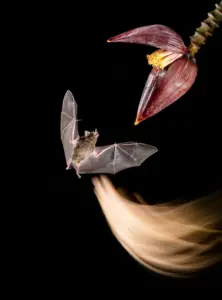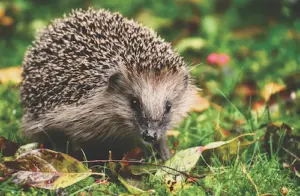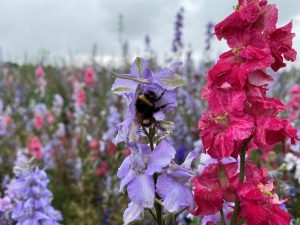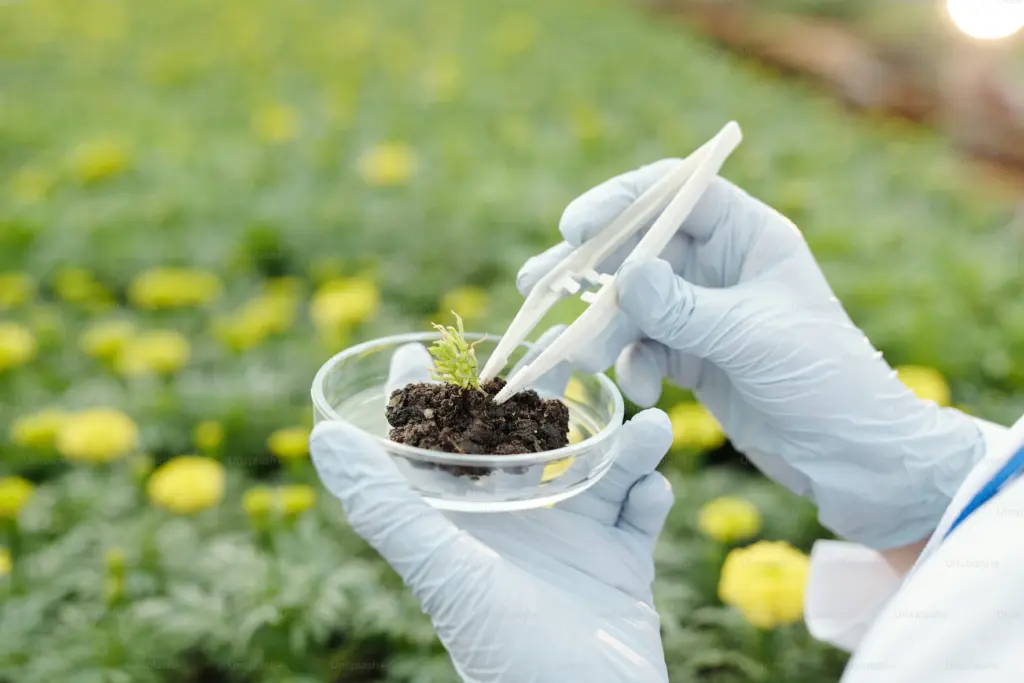Bat Surveys – What They Are & Why You Need Them
Bats – The Facts:
There are 18 species of bat that live and breed in the UK, and each of these species if fully protected by law. This means that anybody that is completing development on land or a property that houses bats will need to acquire a European Protected Species Licence. Without this licence you are liable to prosecution if you kill, capture, harm or disperse the bats.
Bats can be found in a range of different places depending upon the species of bat. These can include trees, buildings, mines, caves and other structures. Again, depending upon the species, they can either be found in easily identifiable locations, such as the apex of a roof, or can be more difficult to locate due to roosting in cracks and crevices. Most species of bats roost in groups, and therefore anything that impacts the land or property they are roosting in can affect the entire colony.
Between November and February, bats go into hibernation to conserve energy, due to the reduction in the number of insects during these months. Bats are therefore very vulnerable to disturbance at this time of year.
In addition to the roosts, bats also choose a foraging habitat, which is where they find food resources, and routes they use to travel between the roost and the foraging habitat. The distance of the routes varies depending upon the species of bat, with the range varying from 1km to 22km. The routes to the foraging habitats tend to follow linear features, such as hedgerows. Therefore, it is important that any gaps or lighting is minimized within these routes to avoid disrupting any commuting bats.

What Are Bat Surveys?
Bat surveys are often requested by the local planning authority and are designed to determine whether bats are present or not on a development site. Although there are a number of different types of bat survey, the two most common are:
An Initial Assessment (Phase One Survey):
Also called a Bat Roost Potential Assessment or a Preliminary Roost Assessment, this survey is used to identify and collect physical evidence of bat activity. If no evidence is found, then the ecologist will make an assessment based on any roosting features that present high potential. The Initial Assessment can be conducted throughout the year.
A Nocturnal/Bat Activity Survey:
This survey is also commonly called a Bat Emergence and Re-Entry Survey and can be conducted once it has been confirmed that bats are occupying the site. The survey is designed to identify the types of bat roosting in the area, the size of the population and the entry and exit points of the bats. Conducted outside of daylight hours, this survey usually involves two or more surveyors and can only be undertaken between May and September, due to these months being outside of the bat hibernation period.
Contact Us Today!
ProHort Ltd can provide you with the bat survey that you need to help you satisfy planning conditions and move forward with your development plans. For more information, give us a call on 01782 479 479 or get in touch.




